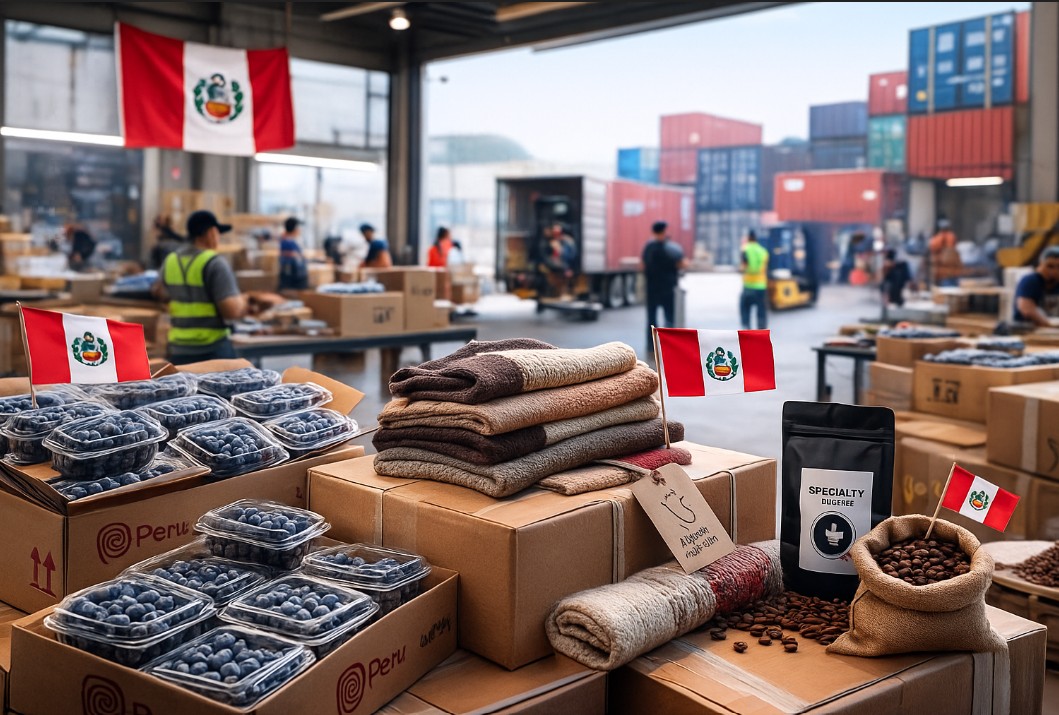[vc_row][vc_column][vc_column_text]
Latin America
 Latin America (excluding Mexico and the Caribbean but including Brazil) had over 508m people spread over 21 countries in 2018. Total GDP was 4.1 trillion USD and average GDP per capita was 8,849 USD. Total exports were 764 billion USD. By around 12,000 years ago humans had spread all the way down to South America from the top of North America. The first civilisation to emerge was the Norte Chico in around 3000 BC. They built cities along the northern coast of present-day Peru. They were followed by the Chavin (1500 BC to 300 BC), the Moche (100 to 700 AD), and eventually the Incas (1438 to 1533). In modern-day Colombia, the Muisca confederation emerged around 800 AD. They were defeated by the Spanish in 1537. In central America, the Mayans (classical period: 250 to 900 were the most important pre-Columbian civilisation. After Columbus discovered the Caribbean in 1492, he was made governor of the region. From the Caribbean, the Spanish slowly expanded to Mexico (defeating the Aztecs) and then down Central America to South America where they defeated the Muisca and Incas. Buenos Aires was first founded in 1536 and then re-founded in 1580. The Spanish colonies were governed by a Spanish elite that ensured resources flowed back to Spain. The Portuguese first discovered the coast of Brazil in 1500. Their first settlement was established in 1532. Rio De Janeiro was founded in 1567. With the success of sugar cane plantations, the Portuguese began to import large numbers of slaves from Africa. The British, French, and Dutch all ended up with territory in the Guianas. The Spanish colonies became independent between 1808 and 1826 (except Cuba and Puerto Rico). Resentment had been rising against Spanish rule and when Napoleon invaded Spain, the locals seized the initiative. The prince regent of Portugal and Brazil declared Brazil’s independence in 1822 after his father had returned to Portugal. The Royal family had fled to Brazil in 1807 following Napoleon’s invasion of Portugal. During the 19th century, the Latin American economies developed through agricultural and mining exports: Argentina (sheep and cattle), Brazil (coffee and sugar), Chile (copper), Colombia (coffee), and Peru (guano – fertiliser from bird-droppings). The economies generally struggled in the late 19th century because of a fall in commodity prices and political instability. Argentina was the exception and continued to grow strongly up until the Great Depression. Following WW2, most of Latin American countries pursued import substitution industrialisation policies. But by the 1970s and early 1980s, their economies had stagnated and high public debt led to a series of crises. This led to a general wave of economic liberalisation in the 1980s. In the 2000s, the resource rich countries benefitted from the Commodity boom. The free trade bloc, MERCOSUR, was established in 1991 between Argentina, Brazil, Paraguay, Uruguay, and Venezuela. Many of the surrounding countries have Association status with MERCOSUR. In 2019, MERCOSUR signed a free trade agreement with the EU. Chile joined the Asia-Pacific Economic Cooperation (APEC) forum in 1994 and Peru joined in 1998. By 2018, APEC had led to the 11 country Comprehensive and Progressive Agreement for Trans-Pacific Partnership (CPTPP) free trade agreement.[/vc_column_text][/vc_column][/vc_row][vc_row][vc_column][vc_column_text]
Latin America (excluding Mexico and the Caribbean but including Brazil) had over 508m people spread over 21 countries in 2018. Total GDP was 4.1 trillion USD and average GDP per capita was 8,849 USD. Total exports were 764 billion USD. By around 12,000 years ago humans had spread all the way down to South America from the top of North America. The first civilisation to emerge was the Norte Chico in around 3000 BC. They built cities along the northern coast of present-day Peru. They were followed by the Chavin (1500 BC to 300 BC), the Moche (100 to 700 AD), and eventually the Incas (1438 to 1533). In modern-day Colombia, the Muisca confederation emerged around 800 AD. They were defeated by the Spanish in 1537. In central America, the Mayans (classical period: 250 to 900 were the most important pre-Columbian civilisation. After Columbus discovered the Caribbean in 1492, he was made governor of the region. From the Caribbean, the Spanish slowly expanded to Mexico (defeating the Aztecs) and then down Central America to South America where they defeated the Muisca and Incas. Buenos Aires was first founded in 1536 and then re-founded in 1580. The Spanish colonies were governed by a Spanish elite that ensured resources flowed back to Spain. The Portuguese first discovered the coast of Brazil in 1500. Their first settlement was established in 1532. Rio De Janeiro was founded in 1567. With the success of sugar cane plantations, the Portuguese began to import large numbers of slaves from Africa. The British, French, and Dutch all ended up with territory in the Guianas. The Spanish colonies became independent between 1808 and 1826 (except Cuba and Puerto Rico). Resentment had been rising against Spanish rule and when Napoleon invaded Spain, the locals seized the initiative. The prince regent of Portugal and Brazil declared Brazil’s independence in 1822 after his father had returned to Portugal. The Royal family had fled to Brazil in 1807 following Napoleon’s invasion of Portugal. During the 19th century, the Latin American economies developed through agricultural and mining exports: Argentina (sheep and cattle), Brazil (coffee and sugar), Chile (copper), Colombia (coffee), and Peru (guano – fertiliser from bird-droppings). The economies generally struggled in the late 19th century because of a fall in commodity prices and political instability. Argentina was the exception and continued to grow strongly up until the Great Depression. Following WW2, most of Latin American countries pursued import substitution industrialisation policies. But by the 1970s and early 1980s, their economies had stagnated and high public debt led to a series of crises. This led to a general wave of economic liberalisation in the 1980s. In the 2000s, the resource rich countries benefitted from the Commodity boom. The free trade bloc, MERCOSUR, was established in 1991 between Argentina, Brazil, Paraguay, Uruguay, and Venezuela. Many of the surrounding countries have Association status with MERCOSUR. In 2019, MERCOSUR signed a free trade agreement with the EU. Chile joined the Asia-Pacific Economic Cooperation (APEC) forum in 1994 and Peru joined in 1998. By 2018, APEC had led to the 11 country Comprehensive and Progressive Agreement for Trans-Pacific Partnership (CPTPP) free trade agreement.[/vc_column_text][/vc_column][/vc_row][vc_row][vc_column][vc_column_text]
Peru’s Export Paradox: How Micro-Policy Shielded SMEs from Macro-Politics
CABEI’s AA+ Breakthrough: How a Smarter Balance Sheet Is Financing Central America’s Next Growth Chapter
David Neeleman: The High-Flyer with ADHD – How a Restless Mind Revolutionised Air Travel
More Than a Bank: Banco Azteca as a National Platform for Social Resilience
Moody’s Ratings’ 2025 Forecast for Latin America: Stable Outlooks, Sustainable Finance Trends & Impact of US Policy Measures
Corporación Zona Franca Santiago: Forging the Next 50 Years of Sustainable Innovation and Growth
Central Reserve Bank of El Salvador: Driving Innovation and Financial Inclusion for National Development
The Restaurant Industry: A Recipe for Disaster or Resilience?
Moody’s Ratings: Leading in Transition Finance, and Embracing Digital Innovation
Latin America’s Wave of Innovation: Fintech Revolution and Social Impact
EY: Argentina Publishes Decree Implementing Incentive Regime for Large Investments (RIGI)
Exploring Business Opportunities in Mexico: The Landscape of Potential
Loading, Please Wait!
This may take a second or two.




























































































